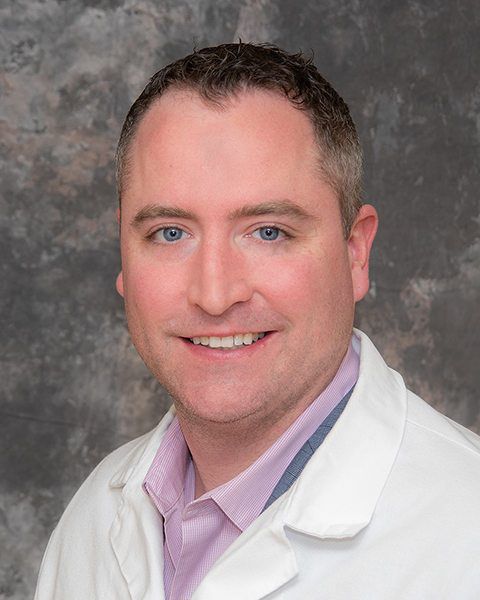Early Skin Cancer Detection
Protecting your skin from the sun is important year-round, but for many, it becomes top of mind during the spring and summer months.
With an estimated one in five Americans being diagnosed in their lifetime, skin cancer is the most prevalent form of cancer in the United States. However, the two most common types of skin cancer – basal cell and squamous cell carcinomas – are highly curable when caught and treated early, according to the Centers for Disease Control and Prevention, or CDC. The third most common type of skin cancer, melanoma, is the most deadly.
All three types of skin cancer are mainly caused by overexposure to ultraviolet light. That’s why it’s important to protect your skin while in the sun and perform routine skin self-exams.
According to Dr. Ryan Rice, board-certified plastic and reconstructive surgeon at Penn Highlands Healthcare, it’s especially important to speak with your healthcare provider if you find any moles or spots that have changed in size, shape or color.
“Check your skin about once a month using the ABCDE rule to look for common signs of melanoma,” Rice urges, noting to contact your provider if your moles or spots have any of the following warning signs:
- Asymmetry: the left and right sides of the mole do not match;
- Border: the border is irregular or jagged;
- Color: the color is not the same all over;
- Diameter: the spot is larger than the size of a pencil eraser or pea;
- Evolving: the spot changes in size, shape or color.
However, not all skin cancers follow these characteristics, Rice said. “Be sure to point out anything you’re concerned about to your healthcare provider, he said. “This can include brand new spots, anything that looks abnormal, a spot that doesn’t heal and so forth.”
Treatment depends on the type, size and location of the cancer. Small tumors can be surgically removed or sometimes killed with use of a prescription topical treatment over the course of several weeks.
Radiation therapy may be used as the main treatment for tumors that are too large or in an area that makes surgical removal difficult or in patients who, for other health reasons, can’t undergo surgery. Radiation therapy is available at Hahne Regional Cancer Center.
However, larger localized cancerous growths are removed surgically, Rice said.
“Many folks travel out of the area to seek surgical removal because they don’t know that plastic surgeons are able to remove cancerous and other skin lesions using specialized techniques that preserve a patient’s health and appearance,” he said.
“Ensuring that all of the cancer is gone is my number one priority, but many patients are also worried about what the area will look like after the surgery,” he said. “As a plastic surgeon, I approach surgery with both function and appearance in mind to provide the best looking results.”
During skin cancer removal surgery, Rice said he works diligently to protect as much healthy tissue as possible and minimize scarring. Depending on the type of cancer and recommended treatment, some patients may need reconstructive surgery to restore a natural appearance following skin cancer removal.
Skin cancer removal can be done at Rice’s office in DuBois located at the Rice Complex on Beaver Drive, at the Penn Highlands DuBois Surgery Center on Hoover Avenue or at his other locations in St. Marys and Brookville.
For more information, call Rice’s office at 814-503-8368.

